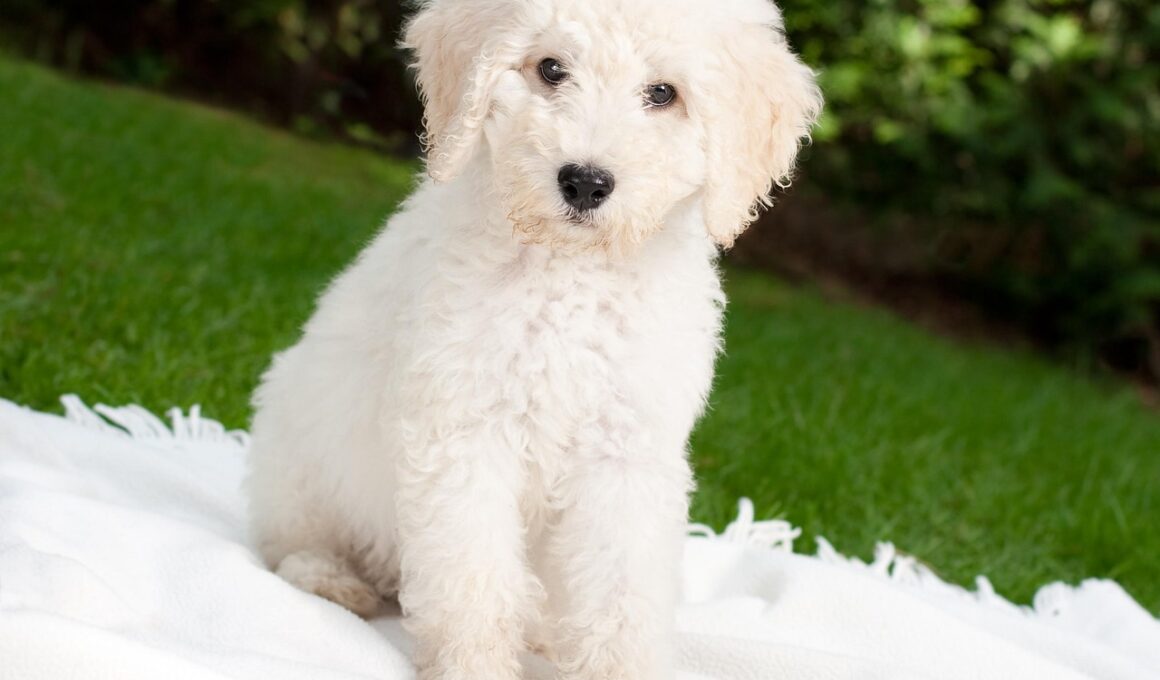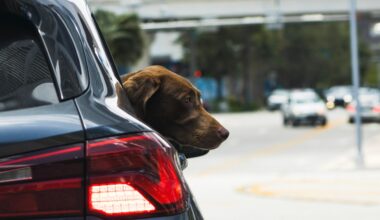How Parvovirus Infects Dogs: Key Facts Every Owner Should Know
Canines are wonderful companions, and as a responsible owner, understanding their health issues is essential. Parvovirus infection is one of the most serious and contagious diseases affecting dogs. It targets rapidly dividing cells, particularly in the intestinal tract and bone marrow, leading to severe consequences. Transmission occurs through feces, contaminated surfaces, and even infected items. The initial symptoms include lethargy, vomiting, and diarrhea, which can escalate quickly. Preventing this disease through vaccination is crucial, especially for young puppies. If a dog is exposed, the virus can live in the environment for months, posing a constant risk. Adult dogs can also contract the virus, particularly if they are unvaccinated. Therefore, vigilance and awareness of this illness are paramount. Understanding and recognizing early symptoms can lead to prompt veterinary intervention, which is crucial for survival. Owners must also establish a routine that includes vaccinations and regular vet check-ups, ensuring a healthier life for their furry friends. This guide aims to provide valuable insight into the nature of parvovirus infection and its implications.
Understanding the lifecycle of the parvovirus is essential for dog owners. The virus spreads through direct contact with infected dogs or indirectly via contaminated environments. Once inside the dog’s body, the virus binds to specific receptors on intestinal cells, facilitating its entry. After replicating within these cells, it leads to cell death and tissue damage. This destruction has dire consequences, causing the intestines to become inflamed and resulting in severe diarrhea. Dogs may not show symptoms immediately, as there is an incubation period usually ranging from three to seven days. During this time, the infected dog can already start transmitting the virus. Puppies are particularly susceptible due to their immature immune systems; however, even adult dogs that are unvaccinated can be at risk. Symptoms can develop rapidly, necessitating immediate veterinary attention. Supportive care may include hospitalization for fluids and antibiotics to prevent secondary infections. Early diagnosis significantly improves the prognosis for affected dogs. Therefore, timely veterinary care and a solid understanding of parvovirus infection can save a dog’s life, making education a priority for all dog owners.
Another critical aspect to consider is the vaccination schedule against parvovirus. Vaccination typically begins when puppies are six to eight weeks old. Puppy vaccinations generally require multiple boosters, spaced out every three to four weeks until they are about 16 weeks old. The initial series is vital for building a strong immunity. After this initial series, a booster shot is necessary approximately every one to three years. The American Veterinary Medical Association emphasizes the importance of adhering to this schedule to protect against outbreaks. Owners should consult with their veterinarian to tailor a vaccination program suitable for their dog’s lifestyle and environment. Unvaccinated dogs or those that have not completed the series are at greater risk. Previous exposure and the immune response to the vaccine can also affect protection. In high-risk areas, additional precautions may be necessary. Keeping your dog away from areas that are home to unvaccinated or sick dogs can significantly reduce the chances of encountering the virus. This proactive approach is crucial for pet owners who want to keep their dog’s health as a top priority.
In addition to vaccinations, understanding the symptoms of parvovirus is paramount for dog owners. Early signs often include a loss of appetite, followed by severe vomiting and bloody diarrhea. Dogs may also appear lethargic or withdrawn, which indicates that they could be suffering from dehydration. Observant owners should also note any sudden changes in behavior or energy levels. The difficulty lies in the fact that these can initially mimic other common ailments. Consequently, relying solely on these symptoms can be misleading. If symptoms arise, it’s vital to consult a veterinarian immediately for proper diagnosis and treatment. The veterinarian might conduct tests including fecal exams and bloodwork to confirm the infection. Quick intervention is crucial as early treatment greatly improves recovery odds. Fluid therapy is a common treatment method to combat dehydration, as maintaining hydration is critical for recovering dogs. In addition, anti-nausea medications may be administered to control vomiting. Regular veterinary visits and consultations regarding health changes are crucial for each dog’s well-being. Education can empower owners to seek help timely and decisively.
Preventive strategies go beyond just vaccination. Owners should maintain a hygienic environment for their pets especially during outbreaks. Regular cleaning of sleeping areas and toys can significantly minimize contamination risk. It’s advisable to use a dilute bleach solution specifically for cleaning, as it’s effective against the virus. If your dog has been exposed to an infected animal or environment, immediate reporting is essential for disease control. Keeping a distance from areas where dog owners congregate can also help reduce exposure. Ensure that your dog does not interact with dogs of unknown vaccination status, particularly in parks or shelters. When travelling, be cautious about boarding facilities or dog parks. Many reputable establishments adhere strictly to vaccination policies, thus reducing the risk of outbreaks. In addition, avoiding contact with stray or unvaccinated dogs is crucial. Dog owners should also educate family members about parvovirus and its effects, ensuring everyone understands the importance of preventive measures. Responsible pet ownership requires vigilance, proactive management, and healthy practices to provide dogs with the best protection against parvovirus.
Recovery from parvovirus infection can be a difficult process. Affected dogs often require hospitalization and supportive care for a prolonged period. The duration of illness can vary based on the severity of symptoms and the dog’s overall health. Many dogs show improvement within a few days of treatment, thanks to advanced veterinary care. However, some dogs may continue to experience health issues even after recovery. These issues could include ongoing digestive problems or a weakened immune system. Regular follow-up with a veterinarian is crucial for monitoring recovery and addressing any potential complications early on. Owners should also ensure that their dog is gradually reintroduced to regular activities post-recovery. During this transitional period, watch for any signs of distress or setbacks. Subsequently, a well-structured nutrition plan and gentle exercise can aid recovery. Providing plenty of fluids will help maintain hydration in dogs returning to normal as they regain vigor. Consistent follow-ups with a veterinarian can help streamline the recovery process. With a dedicated approach, most dogs can recover fully and return to their normal routines, ensuring quality of life for beloved pets.
Overall, parvovirus infection poses a serious threat to dogs, emphasizing the need for education and awareness among pet owners. Understanding the disease’s transmission, symptoms, and preventive strategies can save lives. Emphasizing the importance of vaccinations, maintaining hygiene, and practicing awareness about a dog’s health is vital for responsible dog ownership. Early intervention remains the cornerstone of effective treatment, highlighting the need for prompt action when symptoms arise. Considering the consequences of parvovirus infection, it is paramount for dog owners to be proactive and vigilant. By minimizing exposure risks and maintaining a structured healthcare routine, owners can dramatically reduce their pets’ chances of contracting the virus. Furthermore, shared knowledge and experiences among owners can create a more informed pet community. Each proactive step towards prevention and care can significantly impact the well-being of our furry companions. As we continue to learn about parvovirus, we reinforce our role in safeguarding our pets’ lives. Finally, it’s essential for dog owners to advocate for responsible pet ownership to help mitigate the outbreak of parvovirus infection in their communities.


